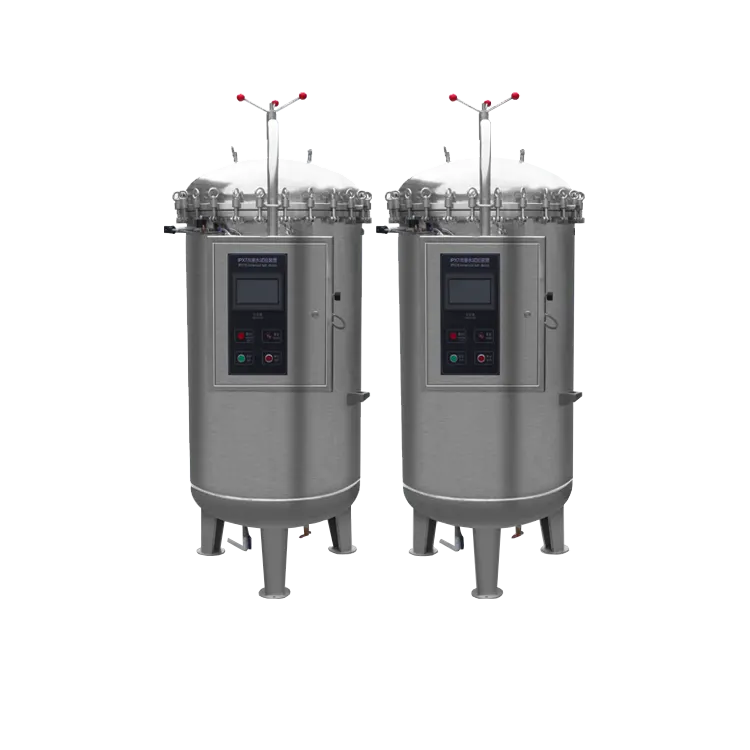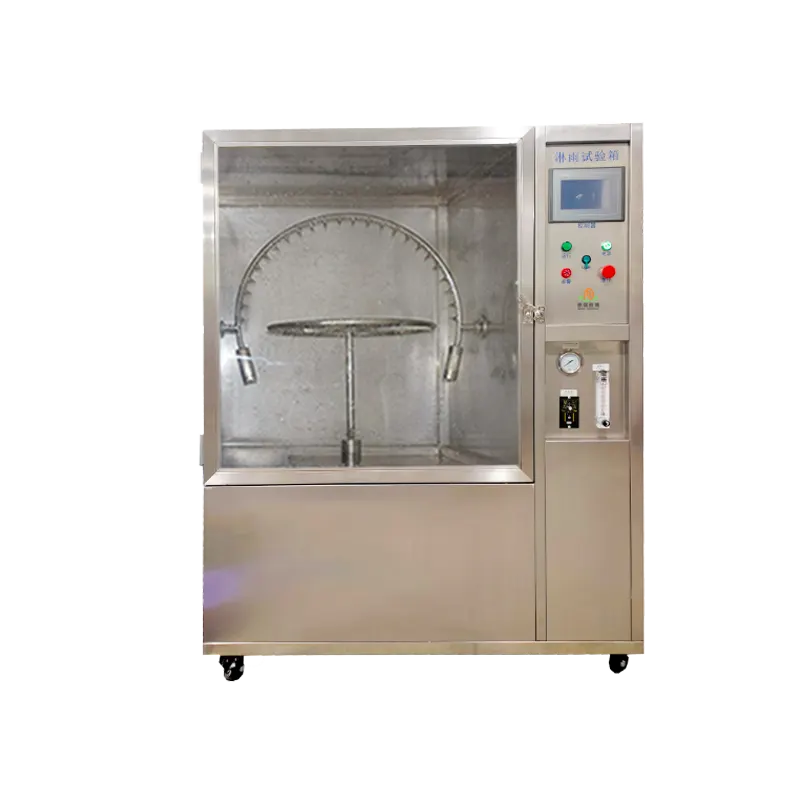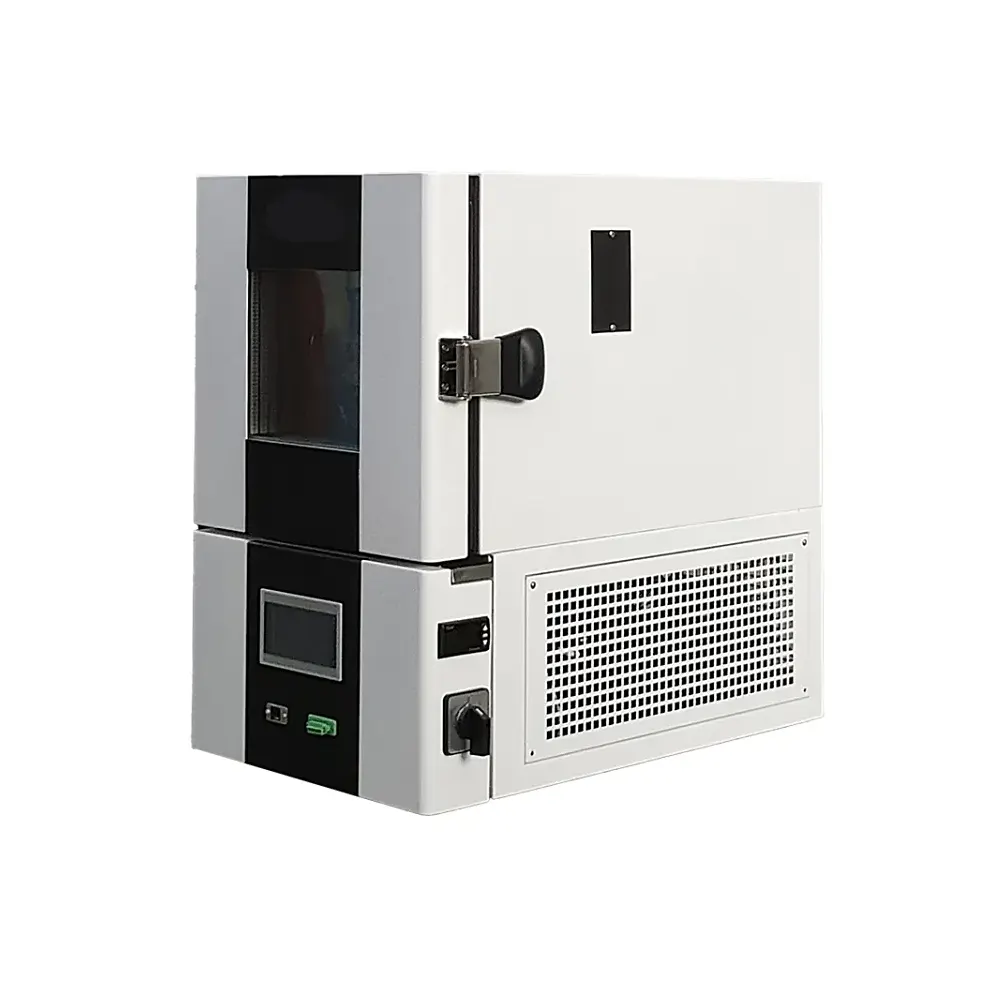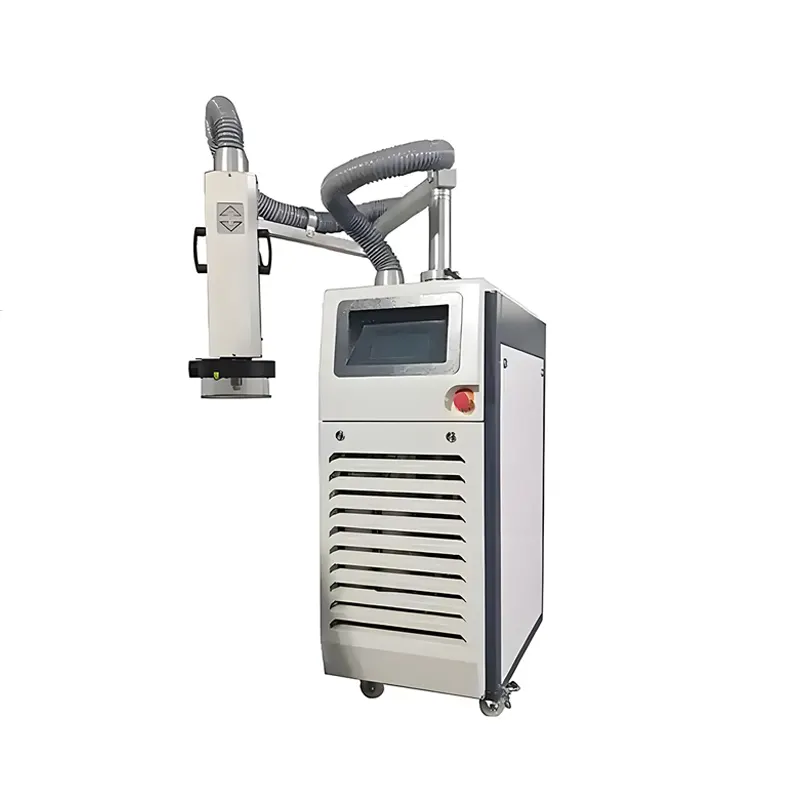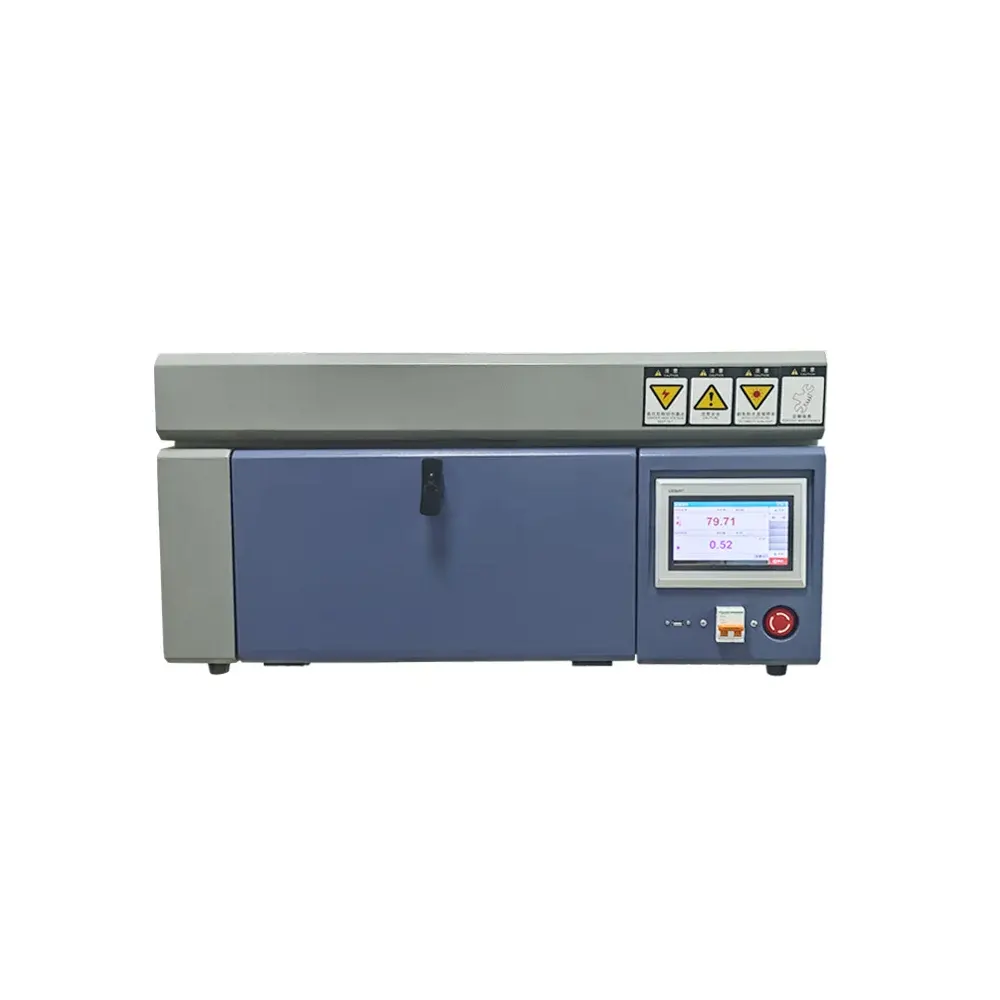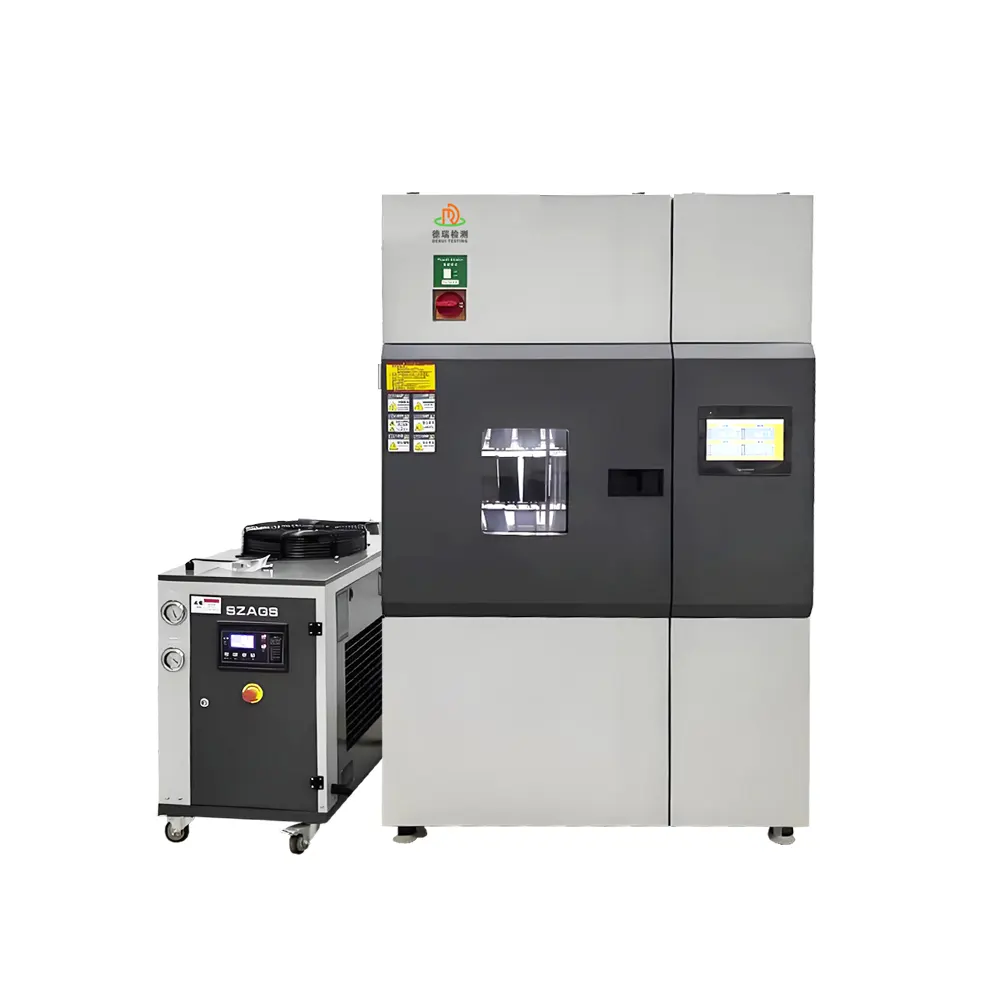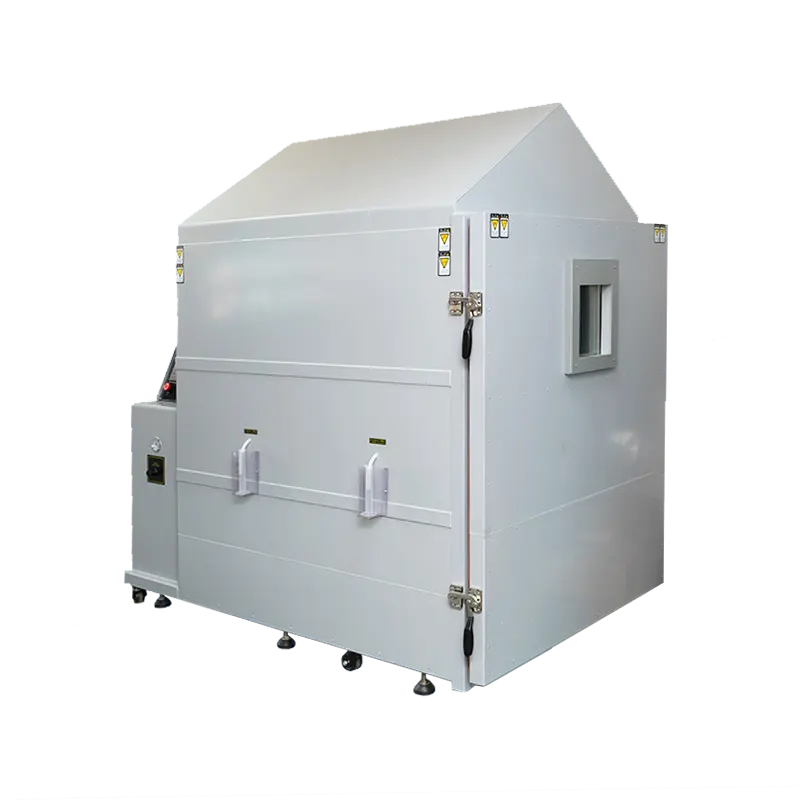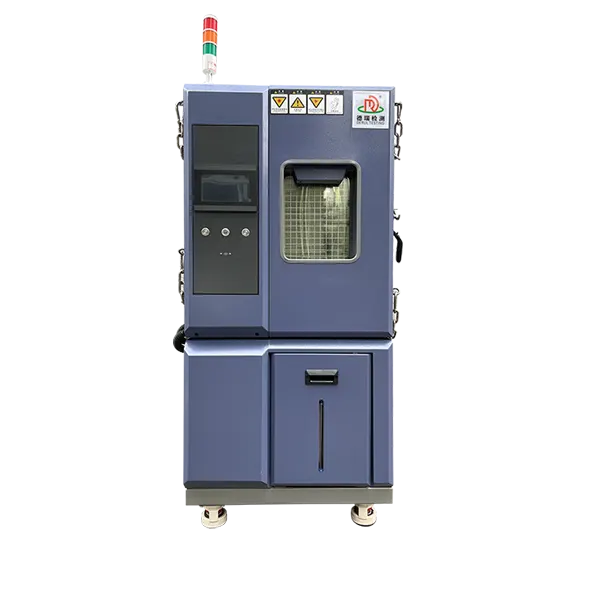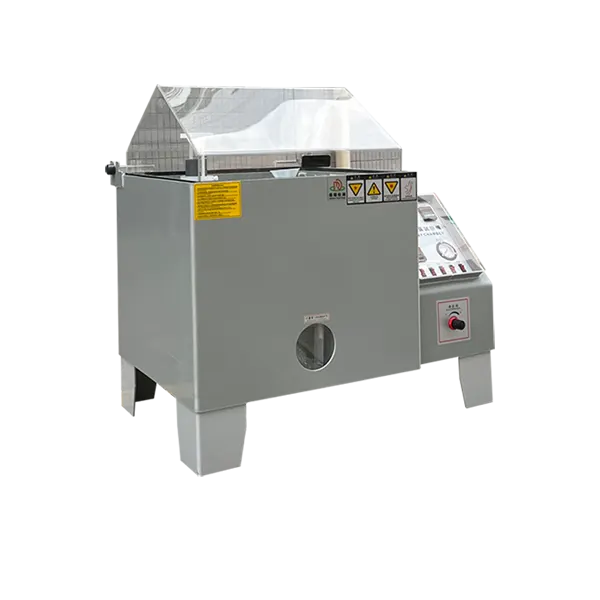The cyclic salt spray chamber is an upgraded version of the salt spray testing equipment, capable of simulating more complex corrosive environments. It not only includes the traditional continuous salt spray test but also can achieve alternating cycles of various environments such as temperature and humidity, drying, and wetting through program control, thereby more accurately evaluating the corrosion resistance of materials or products in variable environments.
The core principle of cyclic salt spray test
And the difference from traditional salt spray test
Cyclic salt spray: It simulates the alternation of dry and wet conditions in the real environment (such as salt spray → drying → wet heat → normal temperature retention cycle), which is closer to the natural corrosion state than constant salt spray, and the correlation is improved by 3 to 8 times.
Typical cycles:
Automotive industry: Salt spray (4h) → drying (2h) → wet heat (16h) → repeat (such as SAE J2334 standard).
General method: Combined cycles of neutral salt spray (NSS), acidic salt spray (ASS), and copper-accelerated salt spray (CASS).
The core functions of the cyclic salt spray chamber
(1) Multiple environmental cycling modes
Salt spray stage: Simulates marine or high-salt environments (NSS/ASS/CASS).
Drying stage: High temperature and low humidity, simulating desert or dry climates.
Wet heat stage: High temperature and high humidity, simulating tropical rainforests or steam environments.
Condensation stage: Simulates condensation water corrosion caused by diurnal temperature differences.
Customized cycling: Users can program the duration, temperature, humidity, spray volume, and other parameters of different stages.
(2) Temperature and humidity control
Temperature range: Typically -20°C to +80°C (depending on the model).
Humidity range: 20% to 98% RH (precisely controllable).
(3) Spray system
Atomization method: Pneumatic or ultrasonic atomization to ensure uniform salt spray distribution.
Salt solution concentration: Adjustable (typically 5% NaCl, other concentrations available upon request).
pH control: Acidic (ASS/CASS) or neutral (NSS) salt spray.
(4) Automation and data recording
PLC/touchscreen control: Programmable cycle testing, reducing manual intervention.
Data recording: Can store test parameters, temperature and humidity curves, corrosion time, etc.
Remote monitoring: Some high-end models support remote operation and data transmission.
Control System
Display & Operation
- Display: 7-inch color touchscreen control panel
- Simple operation, easy parameter setting
- Temperature control accuracy: ±0.01°C
- Programming capacity: Up to 1,200 segments
Control Modes
- Operation Modes:
- Program Control (customizable multi-stage testing)
- Constant Value Control (fixed parameter operation)
- Free switching between program and constant modes
Overtemperature Protection
- Heating Tank Overtemperature Controller: 0~110°C
- Chamber Overtemperature Controller: 0~110°C
- Saturated Air Bucket Overtemperature Controller: 0~110°C
- Humidifier Dry-Burn Protection Controller: 0~250°C
Timing Functions
- Total Timing: 0~9999.9 hours (continuous operation)
- Interval Timing: 0~99.9 hours (for cyclic testing)
Pressure Regulation System
- Pressure Adjustment Structure:
- Primary Pressure Regulator Valve
- Secondary Pressure Regulator Valve
- Pressure Gauge
- Working Pressure: 2 kg/cm² (≈0.2 MPa)
I. International Common Standards
1. Basic Corrosion Testing Standards
- ASTM G85
- 《Standard Practice for Modified Salt Spray (Fog) Testing》
- The most core international reference standard for cyclic salt spray testing, defining general methods for modified salt spray (NSS, AASS, CASS) and multi-environment cycling (e.g., salt spray → drying → humidity).
- ISO 9227
- 《Corrosion tests in artificial atmospheres—Salt spray tests》
- Published by the International Organization for Standardization (ISO), covering NSS, ASS, and CASS, but not detailed cyclic modes (requires combination with other standards or corporate specifications).
2. Multi-Environment Cyclic Testing Standards
- ASTM G154 / G155
- 《Standard Practice for Operating Fluorescent Ultraviolet (UV) Lamp Apparatus for Exposure of Nonmetallic Materials》 (UV aging)
- Although not a salt spray standard, it is often combined with cyclic salt spray for salt spray-UV alternating tests (e.g., automotive exterior part testing).
- IEC 60068-2-11 / IEC 60068-2-30
- 《Environmental testing – Part 2-11: Tests – Test Ka: Salt mist》 (salt spray)
- 《Environmental testing – Part 2-30: Tests – Test Db: Damp heat, cyclic (12 + 12-hour cycle)》 (humidity cycling)
- Published by the International Electrotechnical Commission (IEC), commonly used for cyclic corrosion testing of electronic products.
- SAE J2334 / SAE J2527
- Automotive industry standards:
- SAE J2334: Cyclic salt spray and condensation alternating test (simulating automotive body corrosion).
- SAE J2527: Salt spray and UV alternating test (automotive exterior part weather resistance).
- Automotive industry standards:
3. Other International Standards
- MIL-STD-810H
- 《Department of Defense Test Method Standard for Environmental Engineering Considerations and Laboratory Tests》
- U.S. military standard, including salt spray (Method 509.7) and cyclic corrosion (Method 507.7) tests.
Defogging method
The fog is discharged by air compression. The box cover is designed with a cone shape with a 120° top angle, which ensures that the droplets produced by the salt fog do not fall vertically on the samples, guaranteeing the accuracy of the test.
Heating method
The temperature for salt spray tests inside this series of test chambers is controlled by heating wires placed in the chamber's inner lining. This method ensures a more uniform and stable temperature throughout the chamber.
Humidification method
The humidification tube of the humidification bucket is introduced into the working chamber, and the air is evenly stirred by the fan in the working chamber. The humidity is expressed by the dry and wet bulb temperatures.
Safety device:
Leakage protection、Compressor overpressure protection、Over-temperature protection inside the box、Compressor overheat protection、Fan overheat protection、Compressor overcurrent protection、Phase sequence missing phase protection、Waterway system protection、Dry burn protection、Operator safety protection
Installation and usage conditions
AC 380V, three-phase four-wire + protective earth wire;
Permissible voltage fluctuation range: AC380V ±10%
The allowable fluctuation range of frequency: 50Hz ± 0.5Hz
The grounding resistance of the protective earth wire is less than 4Ω; TN-S power supply mode or TT power supply mode.
Operating environment:
Temperature: 5℃ to 35℃, Relative humidity: ≤ 85% RH
venue
The ground is flat and well-ventilated, free of flammable, explosive, corrosive gases and dust.
There are no strong electromagnetic radiation sources nearby.
There is an appropriate maintenance space around the equipment.




